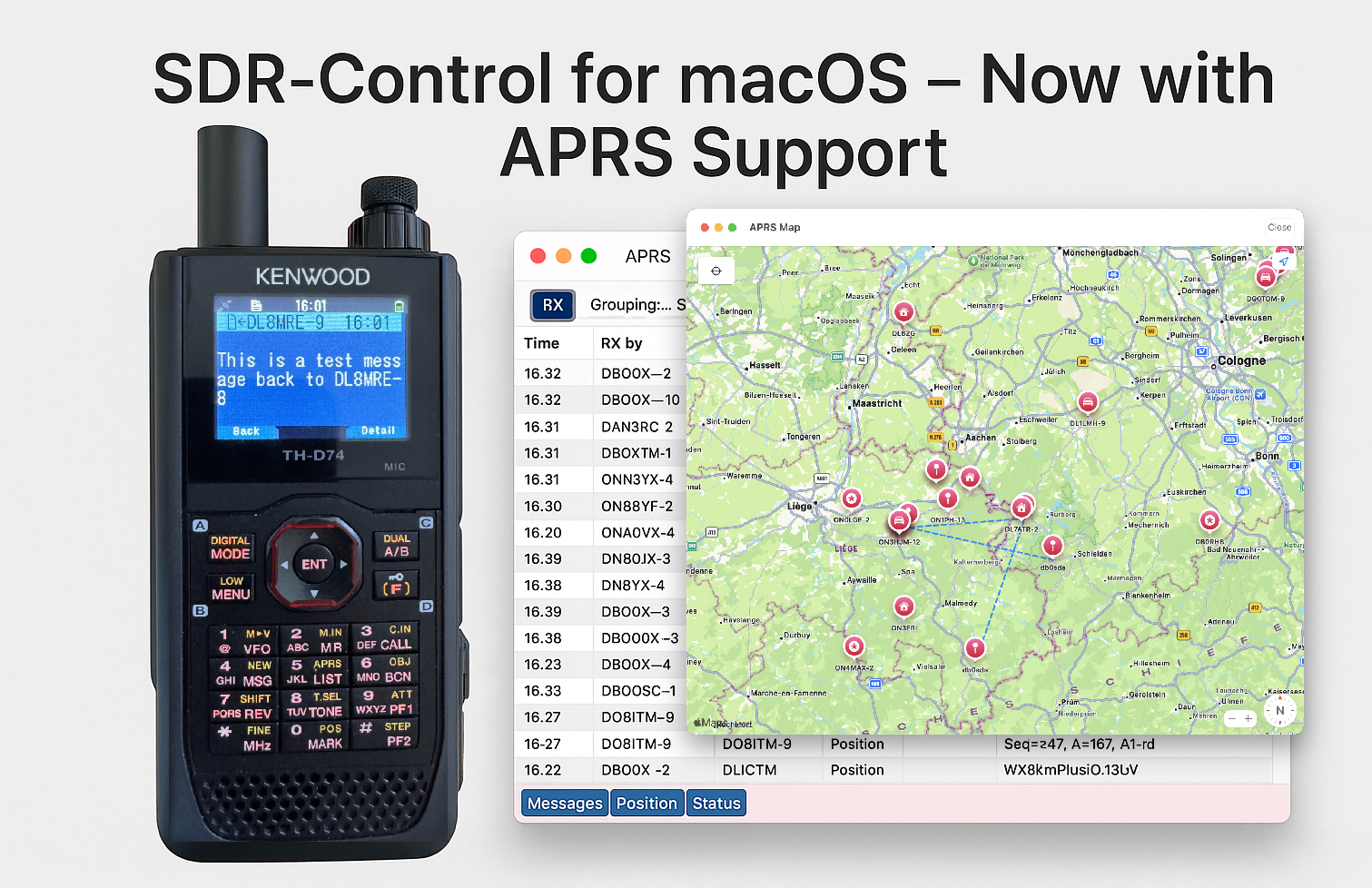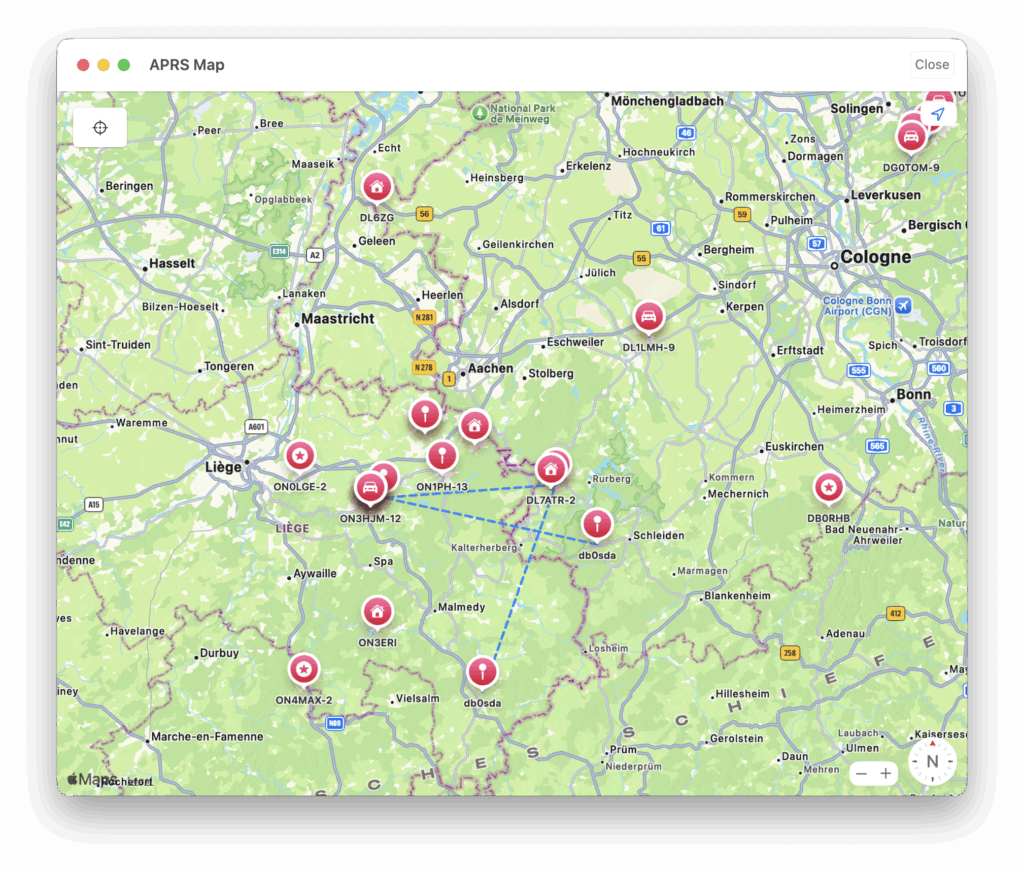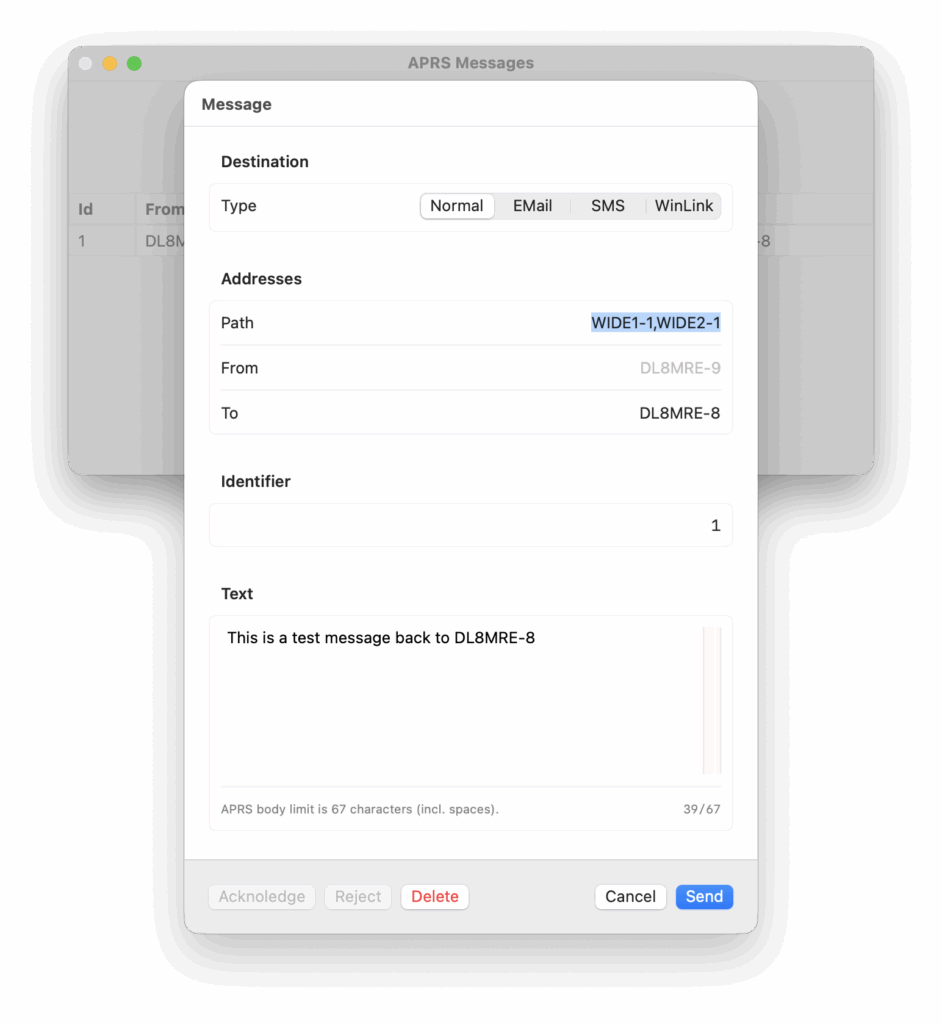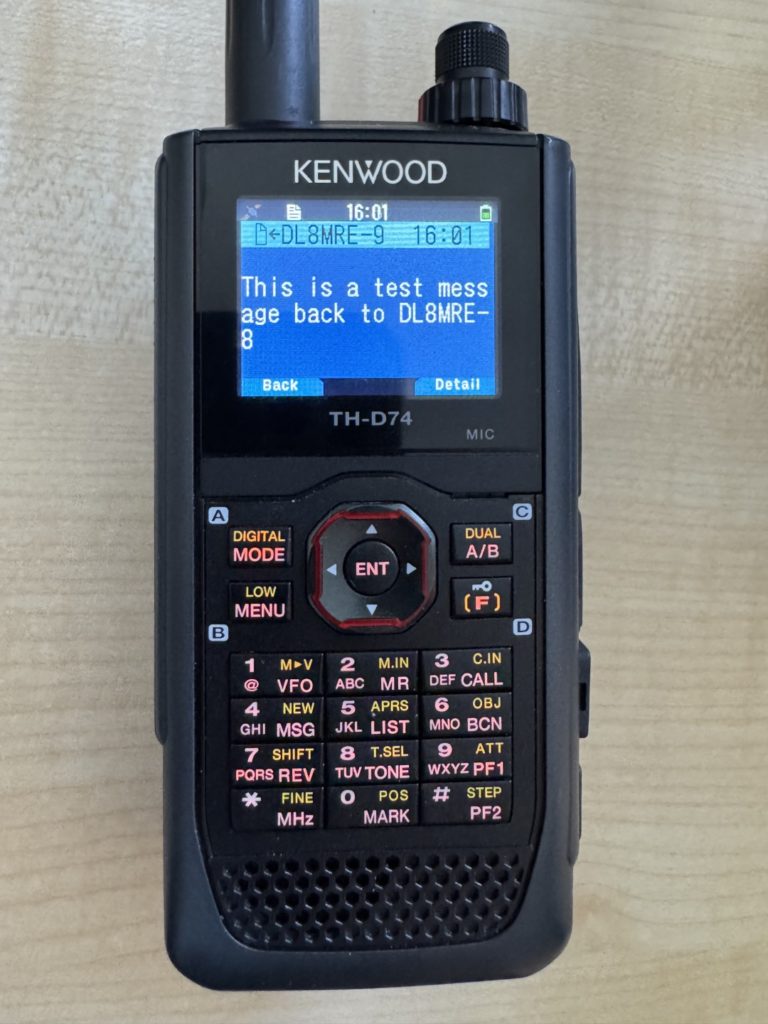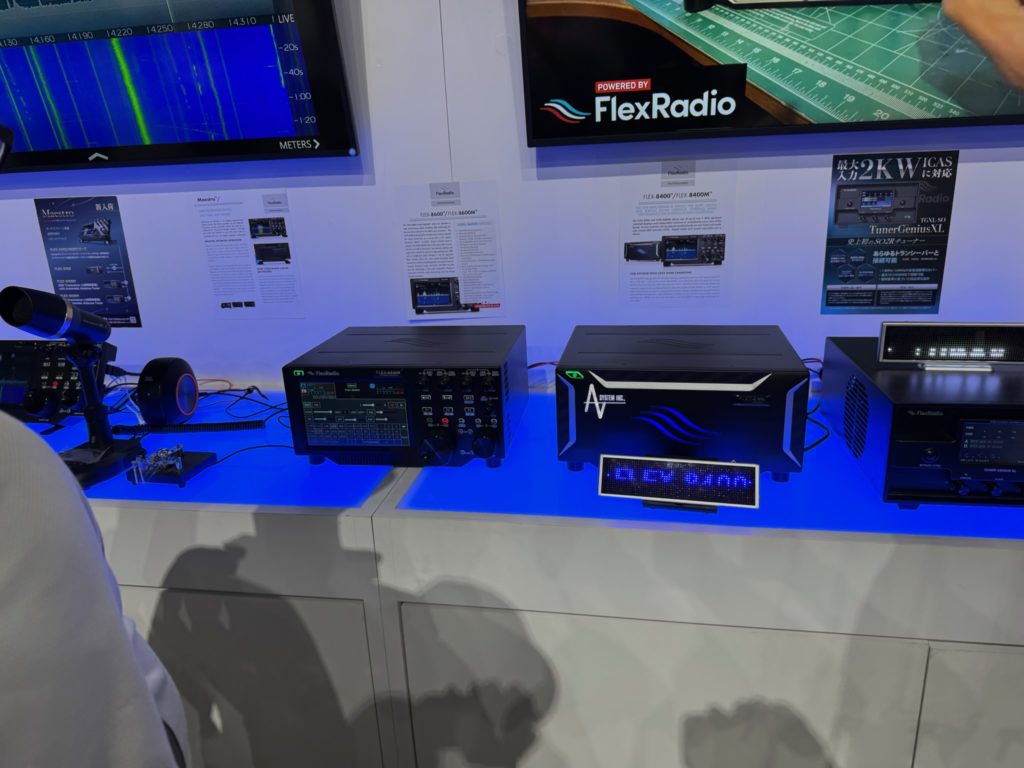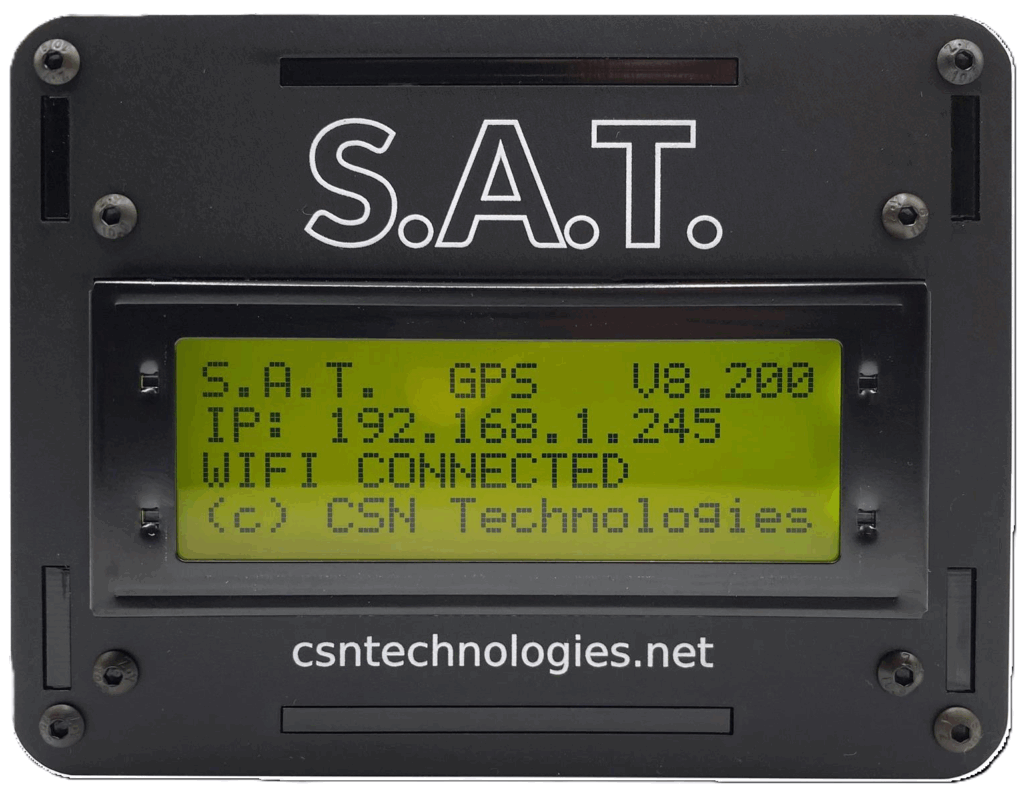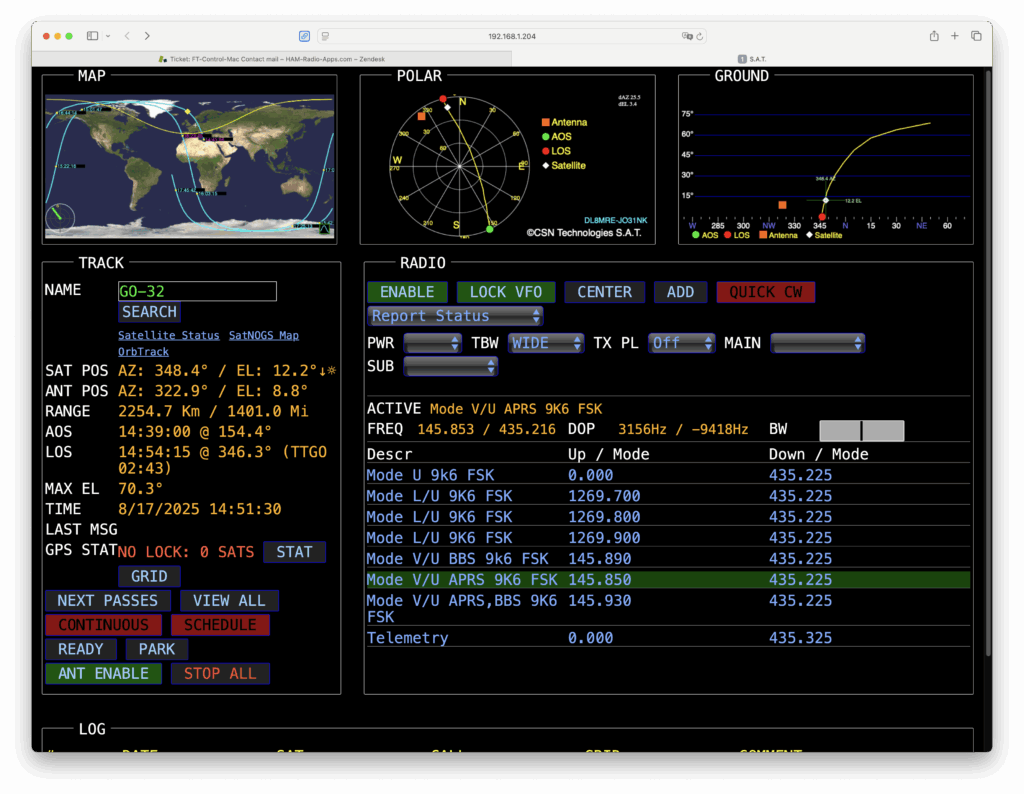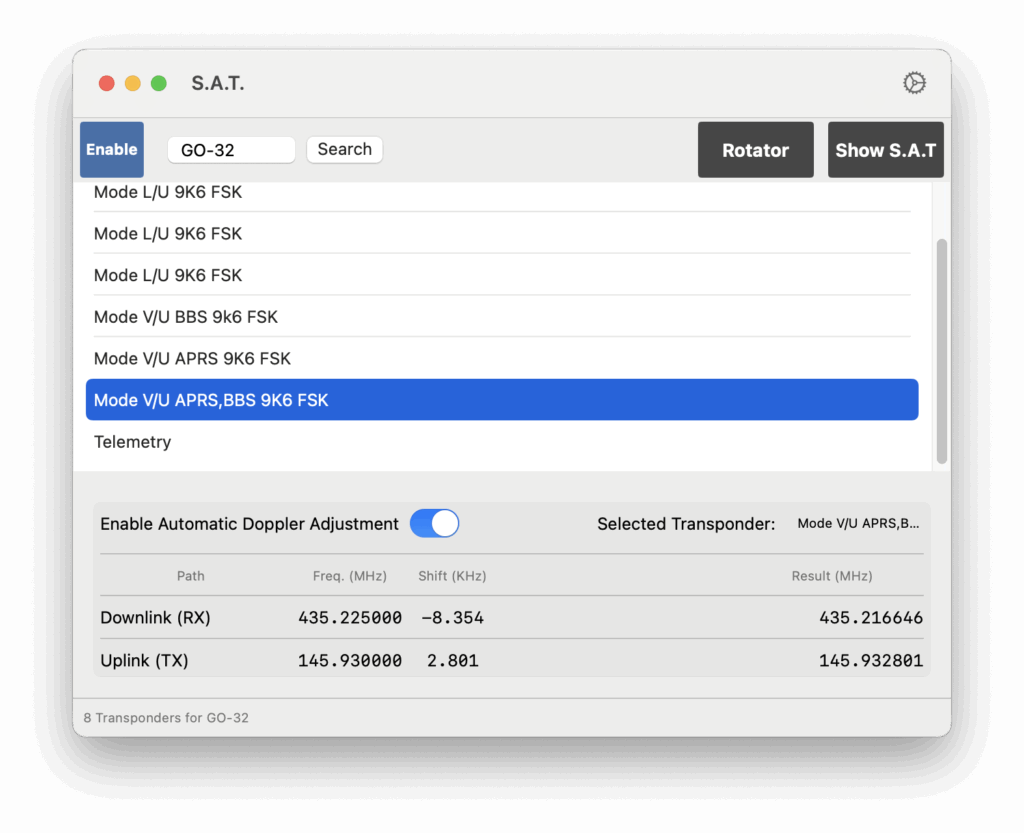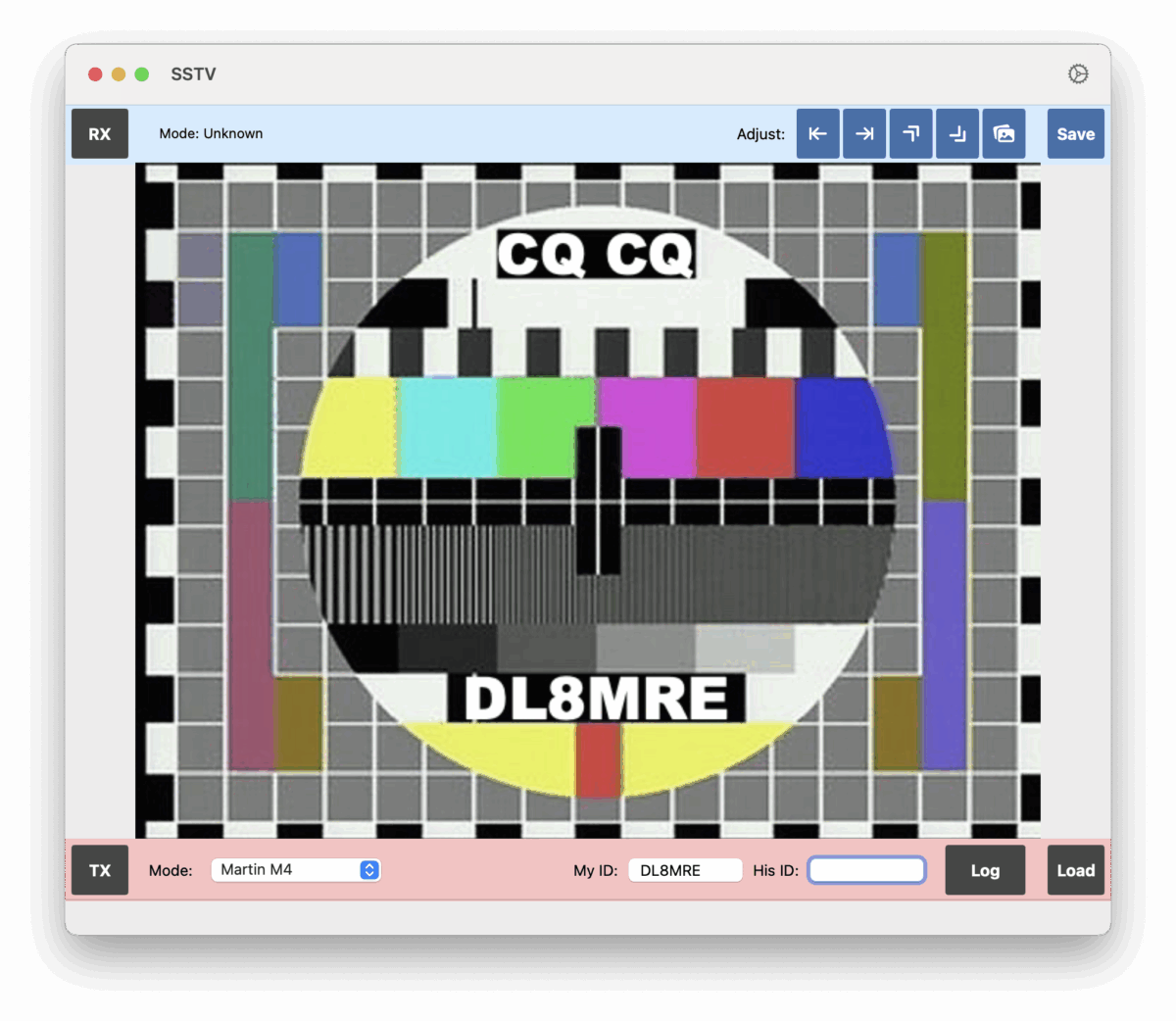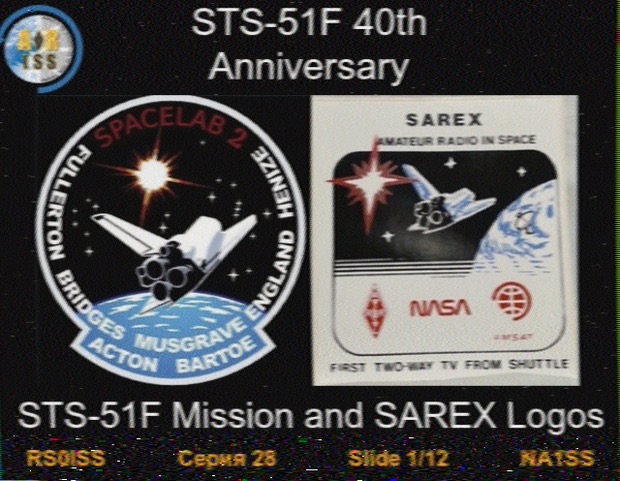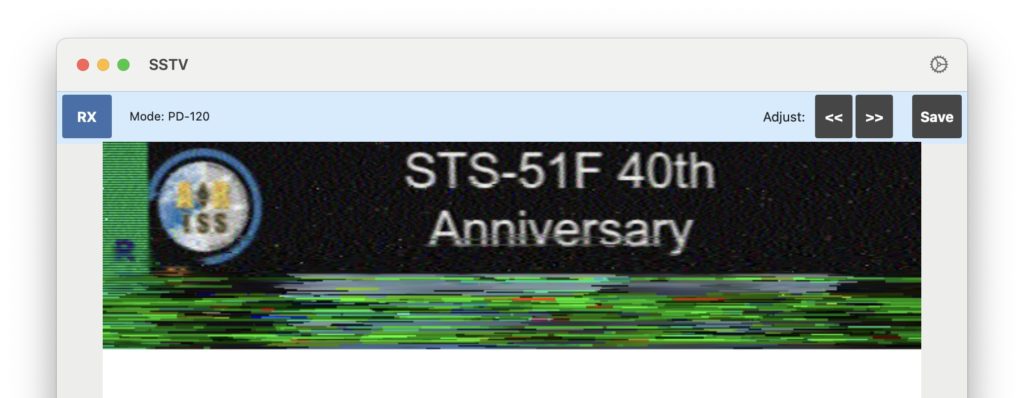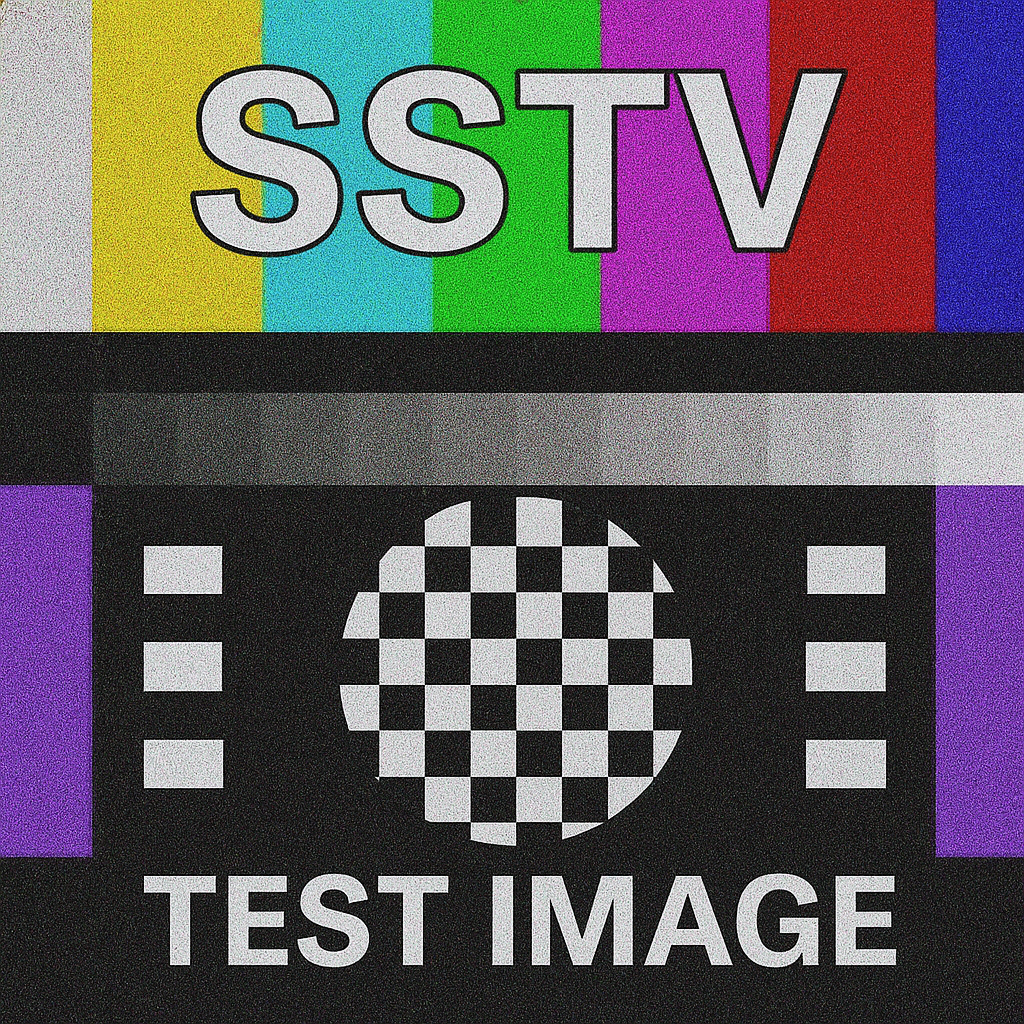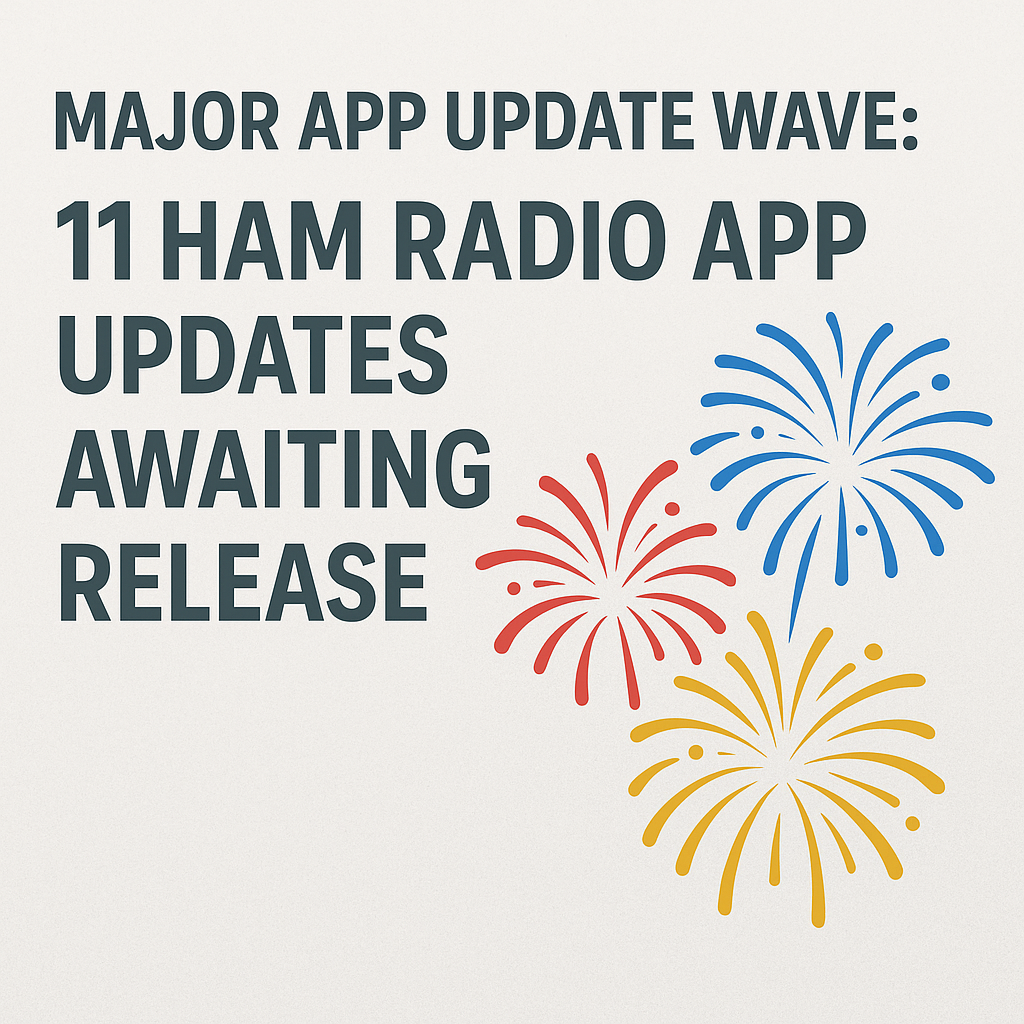I’m incredibly excited to finally share something I’ve been working on for a long time: Electronic Toolbox 2.
What originally began as a larger update to the existing Electronic-Toolbox app slowly grew into something much bigger. A completely modernized, carefully redesigned version that now stands on its own while still feeling familiar.
If you’ve used Electronic-Toolbox Pro before, you know how much it has meant to so many people: engineers at the bench, students during their studies, radio amateurs, makers, and anyone who simply loves working with electronics.
I grew up watching my father building this app, and over the years it became a reliable companion for thousands of users. Being able to continue its story together with him means a great deal to me.
Familiar, but better in the right places
The idea behind Electronic Toolbox 2 was not to reinvent everything.
My goal was to preserve what worked, improve what needed refinement, and give the entire app a clean, modern foundation that will hold up for years to come.
All the tools from the original version are included. Some will feel instantly familiar, while others have received new features or a more polished layout.
One of my favorite examples is the updated Battery Charge tool, which now offers an interactive graph that reacts directly to your input. It is a small improvement with a big effect on usability, making it easier to visualize behavior at a glance.
Built for iPhone, iPad and Mac
One of the biggest steps forward is the move to a Universal App. A single purchase unlocks Electronic Toolbox 2 on iPhone, iPad and Mac, with all your data and settings synced through iCloud.
Multi-window support on the Mac makes it possible to open several tools at once, compare data side by side, keep references visible while performing calculations and build your own perfect workspace. It finally works the way many of us always wished it would.
A transition that respects your workflow
Because so many of you have been using the original toolbox for many years, keeping the transition smooth was extremely important to me. The current Electronic-Toolbox Pro will remain available on the App Store and continues to work as before. If you prefer to explore the new version gradually, a discounted bundle allows you to use both apps in parallel. Your existing data, workflows and habits remain intact.
A personal milestone
Electronic Toolbox has always been more than just an app in our family. It was one of my father’s first published projects and accompanied him for many years. Now I have the chance to continue that work, and I’m grateful for the opportunity to build the next generation together with him.
Electronic Toolbox 2 is my attempt to honor the original while preparing it for the future. I hope you enjoy using it as much as I enjoyed creating it.
Electronic Toolbox 2 will be released soon.. Stay tuned for more info!
Checkout the website for more details: www.electronic-toolbox.com Thank you for your support and for being part of this journey.
Jan Roskosch


